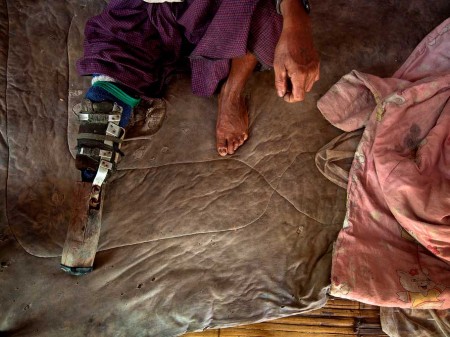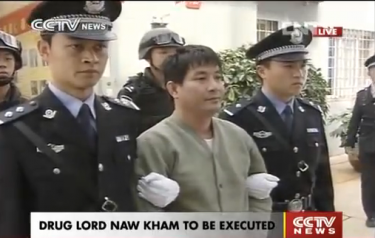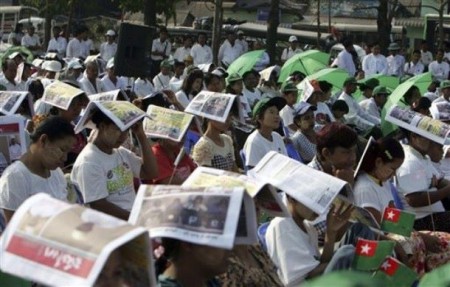
Former rebel fighter Lahpai Hkam has been in pain every day since a landmine destroyed his lower right leg during a battle with government soldiers 18 months ago in Myanmar’s northern Kachin State.
“The artificial leg that I was given last year doesn’t fit properly and it rubs on my stump causing a lot of pain,” he said in a hospital in Laiza, the de facto capital of the Kachin Independence Organization (KIO), the political wing of the Kachin Independence Army (KIA), which has been fighting for greater autonomy from the Burmese government for the past six decades.
According to rebel Kachin surgeon Brang Sawng, such stories are common and the number of landmine injuries is on the rise.




